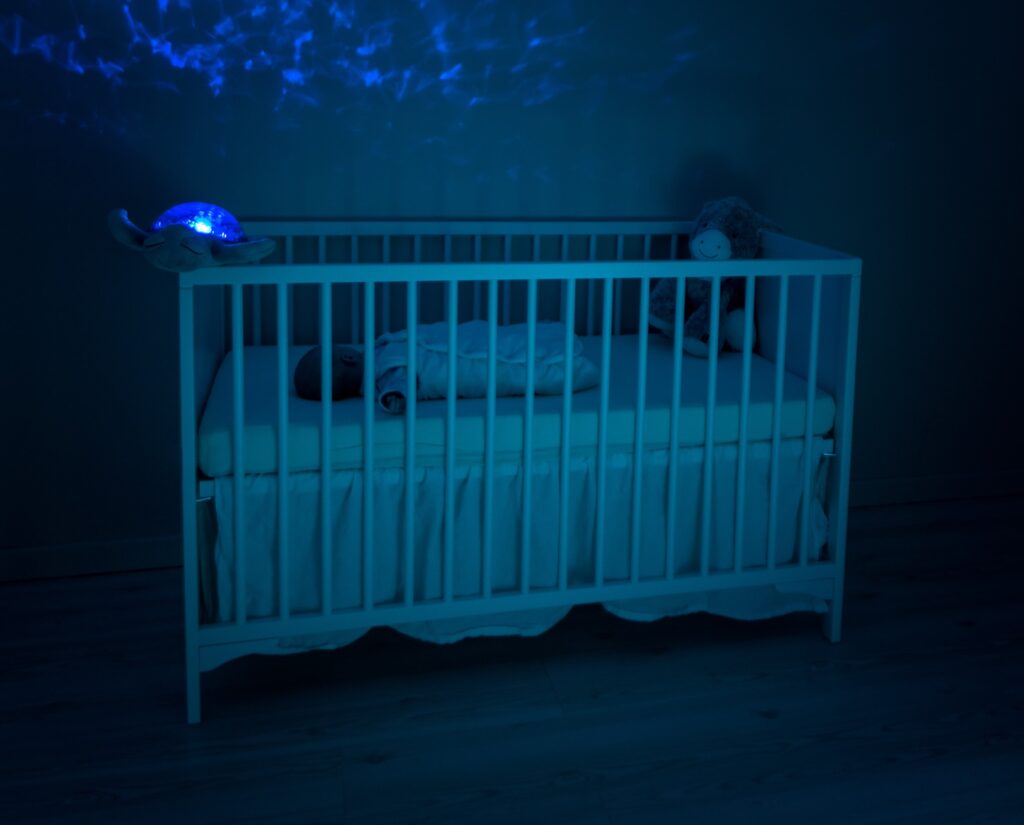
Why Adequate Sleep is Important for Your Toddler
Getting enough sleep is important for overall good health, especially when it comes to your toddler. Make sure your toddler gets enough sleep and you are both sure to enjoy the many benefits.
***Learn The SECRET To Solving Baby Sleep Problems***
Staying Healthy and Free of Illnesses
Sleep helps the body to fight infection and effects of stress. More sleep improves immune responses that can protect your child from the flu or the common cold. Too little sleep, however, can lead to a weaker immune system and more illnesses.
Improving Growth and Development
When a child sleeps deeply, more growth hormone is produced. This leads to more growth and stronger bones and muscles. If a child does not sleep as well, it may lead to lower growth hormone and less developed bodies.
Maintaining of a Health Weight
Consistently getting too little sleep can set your child up to be more prone to becoming overweight. Too little sleep can cause food cravings and overeating, while adequate sleep will prevent this.
Better Moods
Getting enough sleep can also help your child stay in a better mood. Sleep helps with processing fears and worry, keeping them at bay during the day. It also helps keep good mood hormones in the right balance so your child will be happier all day long.
Better Attention Span and Ability to Learn
As if all those benefits were not enough, getting enough sleep will also help your child gain a better ability to focus and to learn and develop skills. This can actually prevent, in some children, a later diagnosis of Attention Deficit Disorder or Attention Deficit Hyperactivity Disorder.
Signs Your Toddler is Not Getting Enough Sleep
The average toddler needs 11-14 hours of sleep each day which should include 10-12 hours at night plus one or two daytime naps. If your child is not getting enough sleep, one of the first things you will notice is your child will be more prone to tantrums, fights, and emotional outbursts.
Other Signs Include:
- Excessive yawning and droopy, tired eyelids. – If you see your child yawning a lot, having trouble keeping eyes open or falling asleep outside of nap or bed times, then he may need more sleep.
- Crying more than usual. – Children get much more cranky when tired and can cry more than usual.
- Hyperactivity or wild behavior – When adults don’t get enough sleep, they are groggy during the day. Children, however, can actually get hyper and act more wild or silly than usual.
- Difficult to awaken from sleep – Children who are lacking sleep are hard to awaken in the morning or after naps.
- More frequent illnesses – If your child is getting sick more often, you may need to check how much sleep your child is getting.
Common Issues causing a struggle with Bedtime
It seems all toddlers fight sleep and try to get out of bedtime or nap time. Your child may stall bedtime by asking for more water, clinging to you, or even bursting out in tears. There are a variety of reasons a child may do that.
Your Child is Teething
If your child is teething, this can cause pain that disrupts sleep or may make it hard to fall asleep. To help ease the pain, put a topical ointment on the affected gums before bedtime. Hopefully, that will help prevent middle of the night awakening.
Common signs that your child is teething:
- Painful Gums
- Ear Pulling
- Fussiness
- Excessive Chewing
- Drooling
Growth Spurts
Growth spurts can cause leg pains which can awaken your child in the middle of the night, reducing the quality of sleep at night. If this is happening, offering your child an extra nap during the day may help. Alternatively, it may help to give your child a mild pain reliever at bedtime as needed.
Lonely at Bedtime
Your child has been with you all day; it may be hard to be away you all night long. Having a good bedtime routine can help your toddler feel more secure and less lonely at night. Spending time with your child at bedtime may help ease loneliness.
Overstimulated or Hyper
The activity of the day may have made your child overstimulated or over-excited. Some causes of this includes watching TV, playing video games, or participation in other stimulating activities close to bedtime. Avoiding exciting activities a couple hours before bed can help your child sleep more peacefully.
Nightmares or Bedtime Fears
Your child may be afraid of the dark or of the door being shut. If this is the case, leaving the door open a crack or using a night light may help. Sometimes some kids even have nightmares that disrupt their sleep. These can be avoided most nights by the use of comforting bedtime routines. If nightmares still happen, they may need your assurance.

Preparing Your Toddler for a Good Night Sleep
For your child to consistently get restful sleep, you need to plan and prepare for it. Having a consistent schedule, calming bedtime routines, and a calm sleep environment may all help.
Keep a Consistent Sleep Schedule
Find out your child’s ideal sleep schedule. Most toddlers need 11-14 hours hour of sleep each day. Making sure your child is sleeping 10-12 hours at night is a good place to start. Add one or two daytime naps to that. Most children will need only one nap, but observe your child’s mood and behavior and if he seems to be getting fussy, add a nap. Hopefully, the extra nap will improve his mood.
Sample Sleep Schedules
Two Nap Sleep Schedule
7:00 am – Wake up
10:00 am – 11:30 am – Morning nap
2:30 pm – 4:00 pm – Afternoon nap
8:00 pm – Bedtime
One Nap Sleep Schedule
7:00 – wake up
11:30 am – 2:30 pm – Nap
8:00 pm – Bedtime
These schedules are just guides, but the most important thing is that you keep the sleep schedule consistent. Personalize your child’s sleep schedule to fit with your schedule.
Keep a Consistent and Comforting Bedtime Routine
Even adults need bedtime routines. Have you ever had a hot shower before bed to help you relax and sleep better? That is an example of a bedtime routine. Your toddler especially needs a good bedtime routine to transition into sleep. A consistent bed time is just one example of a bedtime routine.
More Bedtime Routines
A combination of a few of the following bedtime routines will be more effective than just one or two.
- Turn off Electronics – Many electronics produce blue light which can disrupt sleep. Turning off the TV, phones, and other electronics can help.
- Bedtime Snack – Share a nutritious snack. This will keep hunger away and help improve sleep.
- Warm Bath – A warm bath will help your child relax and sleep well.
- Bedtime Story – Make sure the story is uplifting. It will help your child connect with you while focusing on a positive story. This will help your child relax and wind down to sleep.
- Cuddling – Hugging or cuddling your child before bed can increase his sense of security and safety.
Turn off the tv and share a snack with your child. After your snack, give your child a warm and soothing bath followed by a peaceful bedtime story. You could also hold him during the story and then tuck him in. Some children need someone to sit with them for a couple minutes while they relax in bed.
Benefits of consistent bedtime routines include greatly improved family bonding, greater emotional security and sleep for the child.
Create the Best Sleep Environment
Your child’s bedroom should only be used for sleeping at night and taking naps during the day. This will help keep your child focused on bedtime when going into the bedroom. The following are some more tips.
Keeping a Good Sleep Environment
- Cool Room – You should try to keep your child’s room cool, around 68 degrees. This will help improve comfort and quality of sleep.
- Dark Room – Having a dark room will improve quality sleep by increasing melatonin levels. If your child is afraid of the dark, however, make sure there is a night light on or a door cracked open, letting in some light from the hallway.
- Quiet Room – Keeping things quiet will help keep your child asleep. If there is too much background noise, however, you may alternatively turn on a fan to drown out the noise. The sound of a fan can be soothing for your child and assist in sleep.
Help your child get the sleep he or she needs. With the right sleep routine and calm sleep environment, your child will hopefully be better rested. Since each child is different, it may take some time to find the right routine for your child. The effort is well worth it, however, and will result in a happier, healthier, and smarter child!

